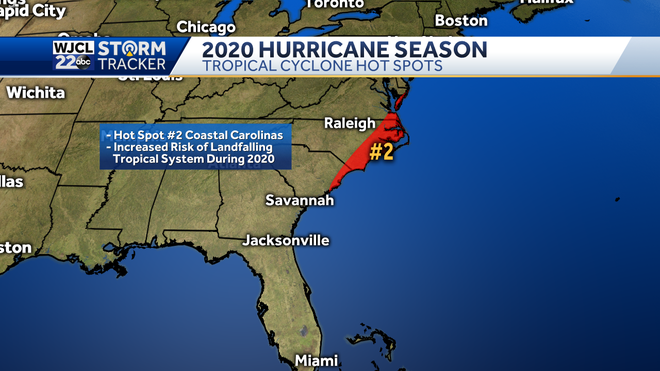- Thread starter
- #21
JPWX
Member
Pretty much agree with that. While the Caribbean and Gulf will likely be the primary areas of impact/target areas, the Carolina coast could get in on a few significant storms. I really like your call maps.My calls on the storm tracks of August, September and October 2024:
View attachment 23635View attachment 23636View attachment 23637
I can't make enough since of November to include it here.









